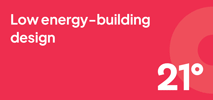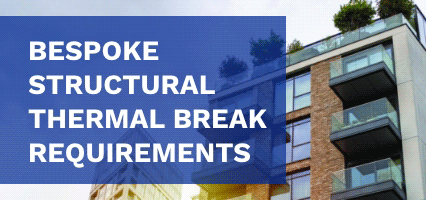Defra’s publication of the Clean Air Strategy earlier this year saw the Government making it clear that ‘Ecodesign’ woodburning stoves would be an integral part of the UK’s solution for air quality. Dennis Milligan of the British Flue & Chimney Manufacturer’s Association explains more
From 2022, only stoves that meet the new stringent Ecodesign emission limits can be sold in the UK. Rather than wait until 2022, the Stove Industry Alliance (SIA) has marketed stoves that will comply with the Ecodesign regulations as ‘Ecodesign Ready’. This has given flue manufacturers and installers real-life experience of installing the new stoves. The good news is the real-life experience of installing the stoves has mirrored the lab testing and modelling.
SIA Ecodesign Ready stoves can reduce particulate emissions (PM) by 90 per cent compared to an open fire, and 80 per cent compared to a typical stove manufactured 10 years ago. The stove manufacturers have employed a number of design features to reduce emissions. One of the ways in which they have achieved this level of reduction is to retain the products of combustion in the fire chamber longer before releasing them into the flue. This can reduce the velocity of the flue gases as they enter the flue. The higher efficiency of the stoves also means that the temperatures of the flue gases are lower. These changes emphasise the need for good chimney or flue design.
The chimney or flue for a stove relies on natural draft – the pressure difference between cold and hot air – to draw the flue gases up the chimney to the atmosphere. A potential reduction in velocity and temperature could reduce the draw of the chimney or flue.
Straight chimneys are always the best solution, but where this is not possible, the number of bends should be kept to a minimum and not exceed more than four. The angle of the bends should be no greater than 45° from the vertical, with the exception that 90° factory made steel bends or tees may be treated as being equal to two 45° bends.
Chimney or flue height is also important. In accordance with Document J the minimum chimney height which is recommended for the minimum performance of wood burning and multi fuel appliances is 4.5 m from the top of the appliance to the top of the chimney. It should be stressed that this the minimum height, and some Ecodesign stoves may require more height. It is always advisable to check with the stove manufacturer’s recommendations. The stove should always be installed a competent person, such as a HETAS installer. The installer should carry out a draw test when the stove has been installed to make sure it is working correctly.
One of the keys to a well performing chimney or flue is consistent insulation along the complete length of the flue. Clay/ceramic, concrete and pumice liners require insulation to be prepared and added on site. Stainless steel and ceramic system chimneys are supplied with effective insulation.
Double wall pumice chimney systems have an air gap between the walls of the inner and outer blocks. The air gap combined with the natural insulating properties of pumice provides effective insulation along the length of the chimney. Maintaining the flue gas temperature will enable the flue gases to freely escape to the atmosphere.
The Defra Clean Air Strategy also recognised the need to burn dry wood, like Ready to Burn, and regular maintenance. Burning dry wood and regularly sweeping the chimney or flue will reduce the build-up of soot and help keep the flue gases flowing freely.
In addition to the guidance provided by Document J the BFCMA has a produced a useful guide entitled ‘General Guidance on the selection and installation of flues and chimneys for wood burning and multi fuel appliances in residential properties’.
This guide provides the latest advice and guidance on the use of five alternative stove installation options allowed in BS EN 15287+A1: 2010, ‘Design, installation and commissioning of chimneys’, which are not listed in Document J. (Incidentally, the current UK Annex to BS EN 15287+A1: 2010 was published after the latest version of Document J).
The alternative stove installation options available can prove very useful to specifiers in the design and installation of new stoves. Where the guide refers to the installation of a Defra exempt appliance, this can also be read as applying to an Ecodesign stove.
Dennis Milligan is president of the British Flue & Chimney Manufacturer’s Association






